Quarter-Zip Sweatshirts: The Essential Guide to Custom Apparel Manufacturing
What Is a Quarter-Zip Sweatshirt?
A quarter-zip sweatshirt is a pullover garment featuring a zipper that extends from the neckline to the chest, blending comfort, utility, and style. It’s a versatile piece that bridges the gap between casual and professional wear, making it a staple for brands entering the athleisure and streetwear markets. In this guide, we’ll explore how to produce premium quarter-zips, the best fabrics to use, and why Portugal is the ultimate destination for ethical and scalable apparel manufacturing.

Why Quarter-Zip Sweatshirts Dominate Modern Apparel
Quarter-zips are defining the 2025 fashion landscape. They adapt effortlessly to multiple environments—whether it’s a gym session, an office meeting, or a weekend coffee run. The hybrid appeal of quarter-zips lies in their ability to combine the coziness of sweatshirts with the refined silhouette of outerwear. They’re favored by both emerging streetwear labels and established athleisure giants.
For clothing brands, this versatility translates to opportunity. A single design can serve multiple niches: team uniforms, corporate wear, retail collections, or limited-edition drops. Compared to hoodies or crewnecks, quarter-zips offer a polished look that elevates brand perception. See how they compare to hoodies.
Key Benefits for Brands and Manufacturers
- High Consumer Demand: Popular among Gen Z, millennials, and professionals seeking comfort with class.
- Seasonal Versatility: Functions as both a layering piece and standalone garment across multiple seasons.
- Branding Potential: Perfect for embroidery, woven labels, and premium zipper branding.
- Wide Market Fit: Works for athleisure, corporate wear, and retail fashion alike.
Fabric Options for Quarter-Zip Sweatshirts
Choosing the right fabric defines not only your product quality but also how your brand is perceived. Portugal’s textile industry leads Europe in sustainable innovation and offers an unmatched range of materials.
Cotton Fleece
Soft, breathable, and naturally insulating—cotton fleece gives quarter-zips a cozy lifestyle appeal. Pre-shrunk and brushed versions ensure longevity, making it ideal for streetwear and lifestyle brands. For a deeper understanding of textile types, check out How to Choose the Right Fabrics for a New Clothing Line.
Poly-Cotton Blend
Perfect for performance-focused collections, the blend offers wrinkle resistance and moisture control. It’s commonly used for gym or corporate apparel due to its durability and easy care.
French Terry
A luxurious knit often used by premium brands. Its loopback texture ensures breathability and a refined finish, making it a top choice for capsule releases and high-end streetwear.
Recycled Polyester
Recycled polyester supports sustainable fashion without sacrificing performance. It provides moisture management and shape retention—an ideal choice for brands focusing on eco-conscious manufacturing.
Customization Techniques for Quarter-Zip Sweatshirts
Customization defines brand identity. A well-made quarter-zip can transform into a statement piece through thoughtful detailing. Learn more about embroidery trends in Custom Sweatshirts & Embroidered Sweatshirts – The Complete Guide for Brands in 2025.
Embroidery
The go-to method for luxury branding. Embroidery delivers high durability and a tactile, premium look. Typical cost: €2–€5 per unit.
Screen Printing
Bold, graphic, and efficient for larger orders. It suits cotton-rich fabrics and is cost-effective at €1–€3 per piece.
Heat Transfer Vinyl (HTV)
Ideal for complex or multi-color artwork in small runs. HTV creates smooth, professional finishes for €2–€4 per item.
Woven Labels and Patches
Subtle yet powerful, woven tags elevate your branding. Portuguese factories often integrate private labeling options like custom neck tags and zipper pulls for €1–€2 per unit.
Why Portugal Is the Best for Custom Quarter-Zip Sweatshirts
Portugal has become a European powerhouse in apparel production, known for its blend of craftsmanship and sustainability. Factories in Porto, Braga, and Barcelos produce high-quality fabrics with traceable sourcing and ethical standards. Their ability to balance quality, price, and low MOQs gives them an edge over other regions.
Key advantages include:
- Premium local fabrics with low carbon footprints
- Transparent, EU-regulated labor conditions
- Short lead times (4–6 weeks average)
- MOQs starting at 100–250 units—ideal for startups
- Flexible manufacturing for both white-label and custom cut-and-sew
Learn more about this ecosystem in The Definitive Guide to Low MOQ Premium Apparel Manufacturing in Portugal (2025).
Cost and Production Timelines in Portugal
Pricing depends on fabric, customization, and volume. Average cost ranges from €10 to €18 base, with embroidery adding €1.5–€5 per piece. Most factories deliver in four to six weeks, depending on complexity and order size.
Unlike large Asian manufacturers, Portuguese partners allow smaller batch orders—an essential advantage for emerging labels launching limited drops.
Sustainable Manufacturing Practices in Portugal
Portuguese factories are pioneers in eco-conscious production. Many are powered by renewable energy and use GOTS-certified organic cotton, recycled polyester, and water-based dyes. Partnerships with textile innovators such as Tintex and Riopele enable brands to access advanced sustainable fabrics that don’t compromise on performance.
This focus on circular production supports the global transition toward slow fashion—helping brands build credibility with environmentally aware consumers. Read more in Made in Portugal Clothing: Premium Quality and Sustainable Fashion Production.
How to Create a Custom Quarter-Zip Collection
- Define your market: Decide whether you’re targeting lifestyle, sportswear, or corporate niches.
- Select fabrics: Choose based on feel, functionality, and sustainability.
- Prepare a tech pack: Document measurements, construction, and branding details (see how to build a tech pack).
- Request samples: Test color accuracy, fit, and embroidery quality before production.
- Finalize production: Approve sample revisions and initiate bulk runs.
- Launch your brand: Pair new releases with storytelling and behind-the-scenes content to connect with customers.
The Future of Quarter-Zip Manufacturing
In 2025, quarter-zips are at the forefront of functional fashion. Expect to see more 3D knitting, laser-cut detailing, and digital pattern optimization to reduce waste. As sustainability becomes central to global retail, Portuguese manufacturers’ combination of ethical production and innovation ensures continued leadership.
FAQs: Manufacturing in Portugal
Why is Portugal considered the best destination for custom apparel manufacturing?
Portugal offers exceptional craftsmanship, ethical labor, and fast turnaround times. Factories near Porto and Braga maintain ISO and OEKO-TEX certifications while supporting low-MOQ brands.
How do Portuguese factories ensure sustainable production?
They use solar-powered facilities, closed-loop water systems, and eco-certified dyes while adhering to strict EU environmental regulations.
Can small brands start production in Portugal without high minimums?
Yes. Many Portuguese factories accept orders as low as 100 units, making them ideal for small-batch collections and brand launches.
How does Portugal compare to Asian manufacturing hubs?
While Asia can offer lower prices, Portugal excels in premium quality, faster shipping, and ethical sourcing—perfect for luxury and sustainable brands.
FAQs: Fabrics and Materials
What’s the best fabric for premium quarter-zips?
French terry and organic cotton fleece deliver softness, structure, and breathability—ideal for both athleisure and lifestyle brands.
Do recycled materials affect garment quality?
Modern recycled fibers from Portuguese mills maintain performance and texture while lowering environmental impact.
What is the advantage of Portuguese fabric mills?
They specialize in sustainable innovation, offering advanced knit structures, natural dyeing, and eco-certifications.
How can fabrics be tested before production?
Pre-production samples are evaluated for shrinkage, colorfastness, and tensile strength to ensure quality consistency.
FAQs: Customization and Branding
Which customization method lasts longest?
Embroidery remains the most durable and premium technique, withstanding years of wear and washing.
Can quarter-zips combine multiple customization styles?
Yes—many brands use a mix of embroidery, woven patches, and custom zipper pulls for layered branding.
What are the best logo placements?
Chest logos, sleeve embroidery, and back yoke detailing are common for retail and sportswear aesthetics.
Do Portuguese factories offer private labeling?
Most facilities provide complete white-label services including tags, packaging, and branded hardware.
Related Articles to learn how to customize your apparel collection
- Why Portugal’s Athleisure Manufacturers Stand Out
- How to Design Custom Hoodies with Embroidery
- Clothing Tech Pack Guide for Custom Apparel Production
Conclusion: The Future of Smart Apparel Manufacturing
Quarter-zip sweatshirts represent the perfect intersection of design, performance, and sustainability. For brands that want to combine modern aesthetics with responsible sourcing, Portugal remains the optimal destination. With its balance of craftsmanship, low MOQs, and cutting-edge textile innovation, Portuguese apparel manufacturing empowers both startups and global labels to create garments that last—ethically and beautifully.
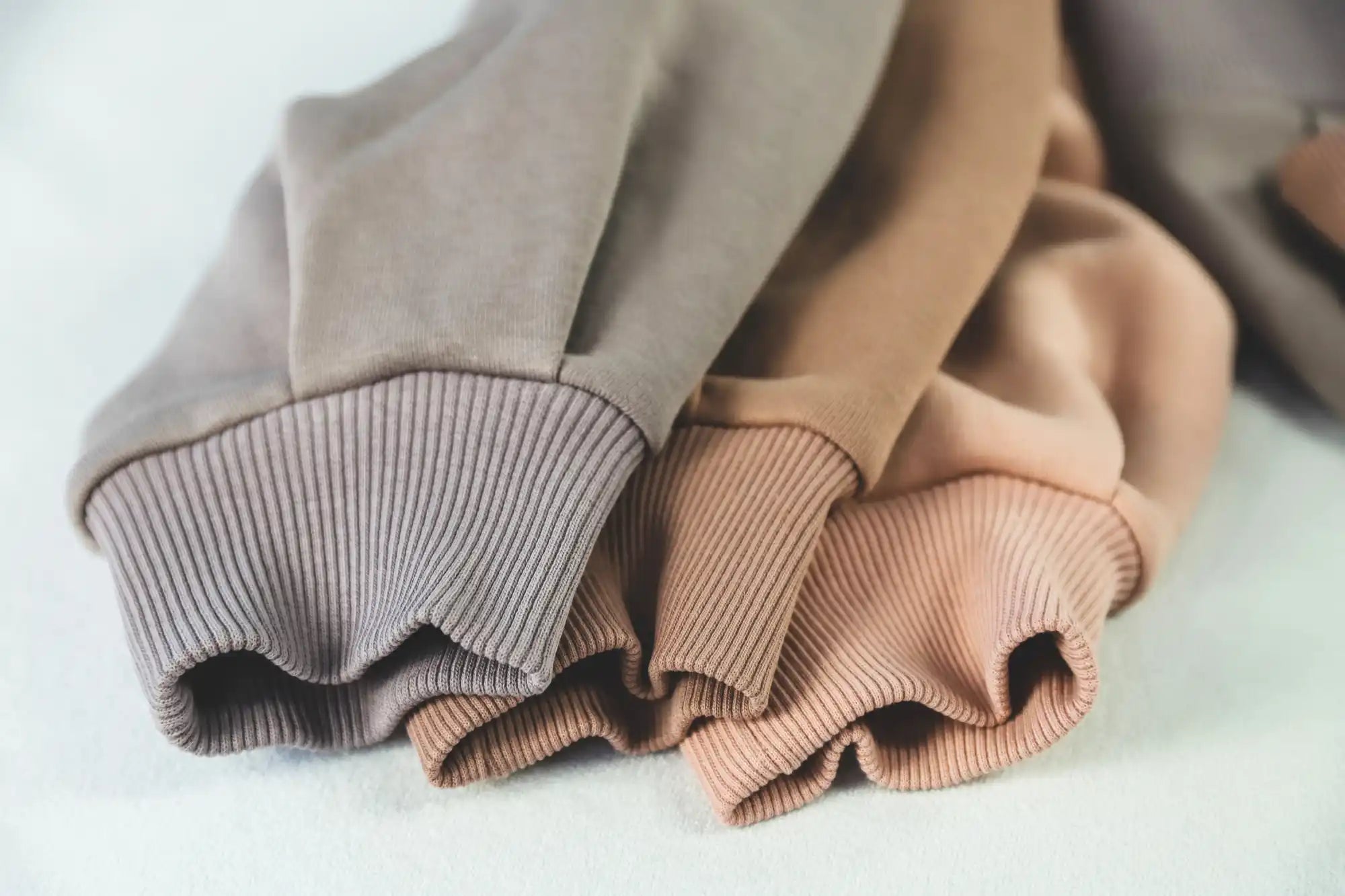
Materials & Fabrics for Clothing Production
Explore cotton, French terry, jersey, fleece, and sustainable blends used in premium apparel manufacturing.
Explore Premium Apparel Fabrics Guide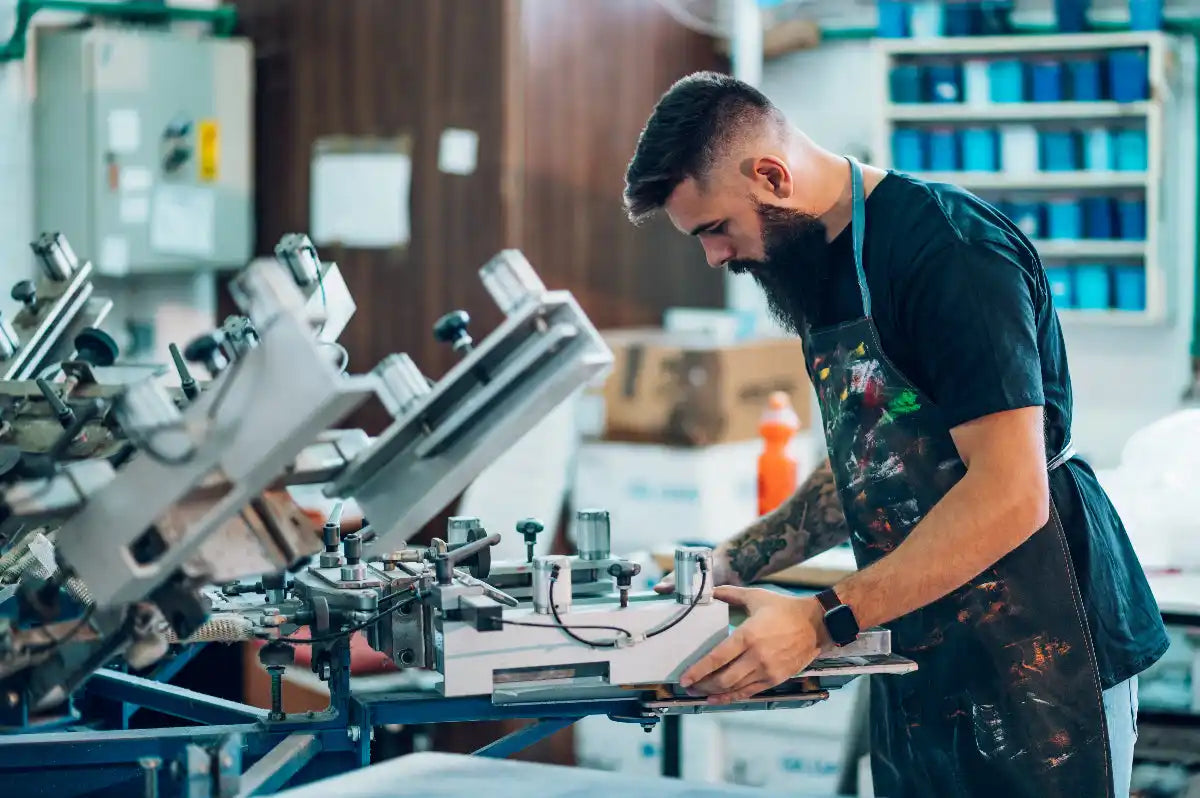
Printing Techniques for Apparel Production
Screen printing, embroidery, puff prints, and digital methods for custom clothing manufacturing.
Explore Custom Apparel Printing Techniques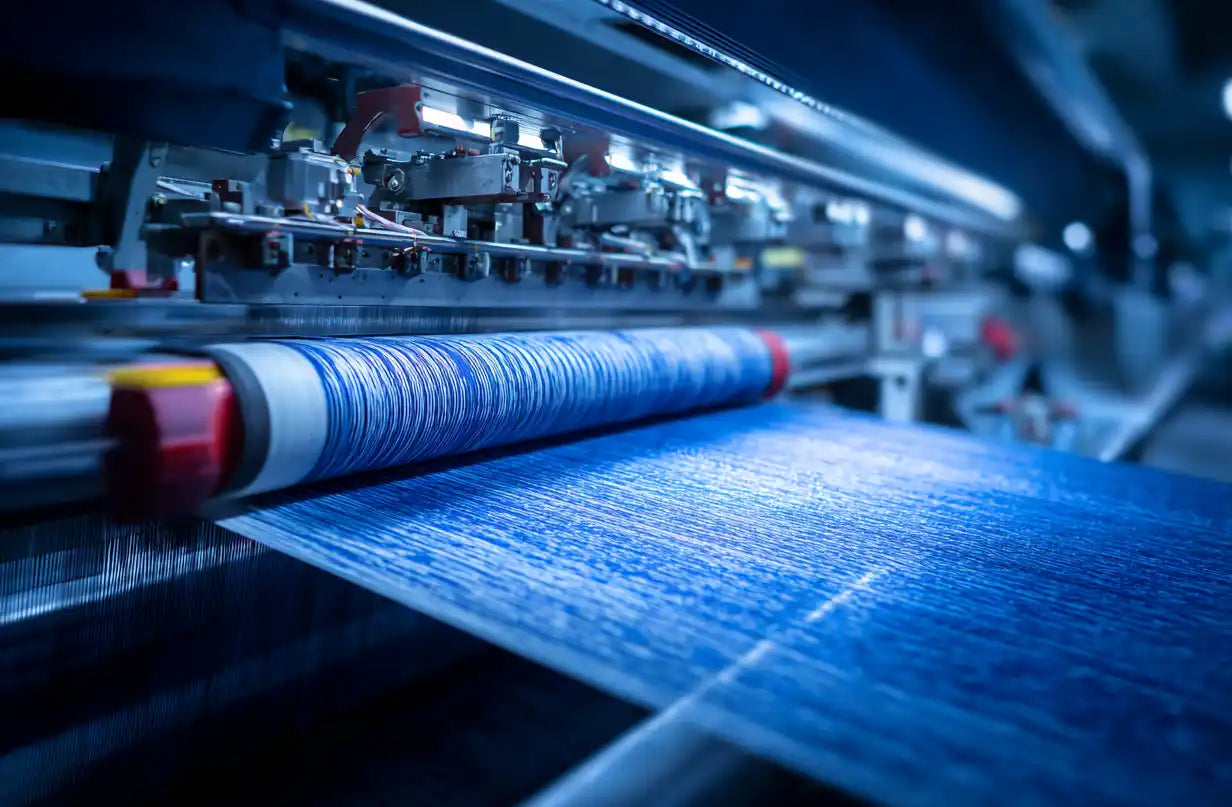
Dyeing Techniques in Clothing Manufacturing
Garment dye, pigment, acid wash, and stone wash finishes that create unique apparel designs.
Compare Apparel Finishing Techniques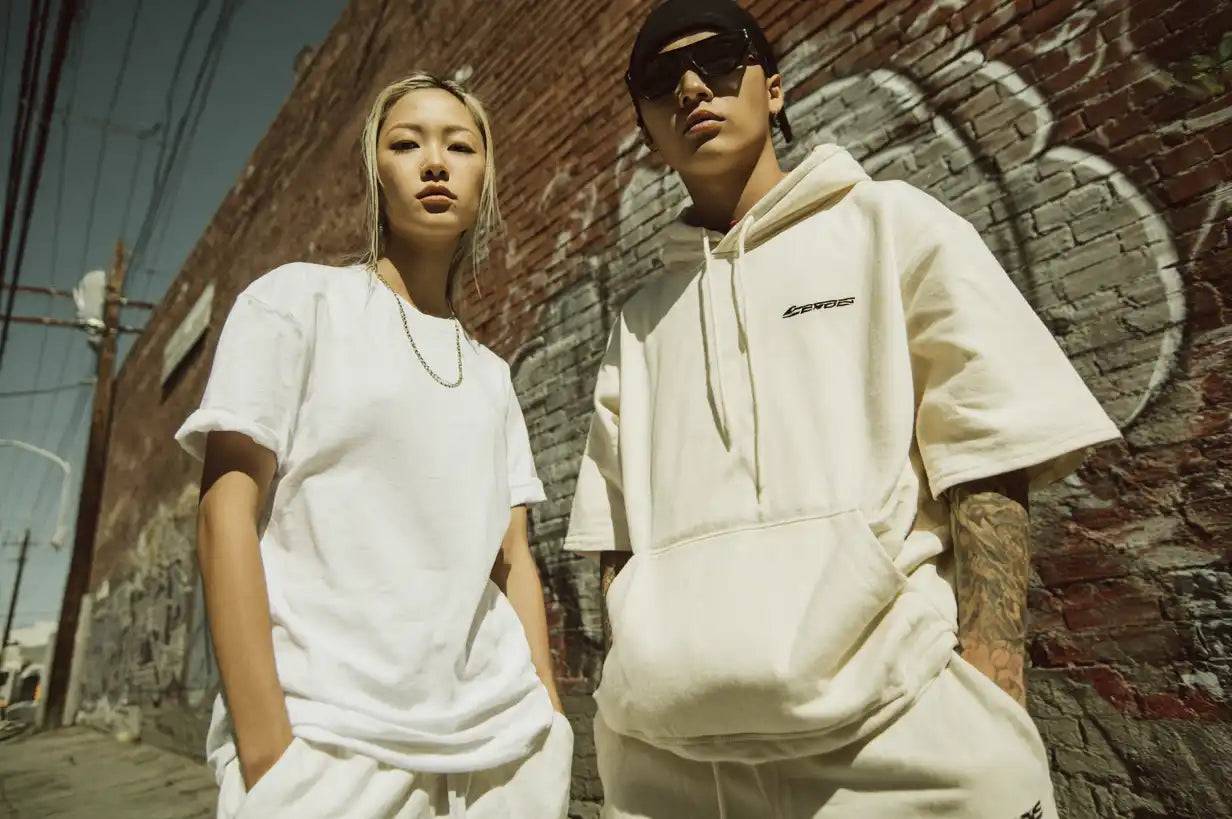
Popular Clothing Items for Custom Apparel
Hoodies, joggers, t-shirts, leggings, and biker shorts — essentials for every apparel collection.
Explore Popular Custom Clothing Items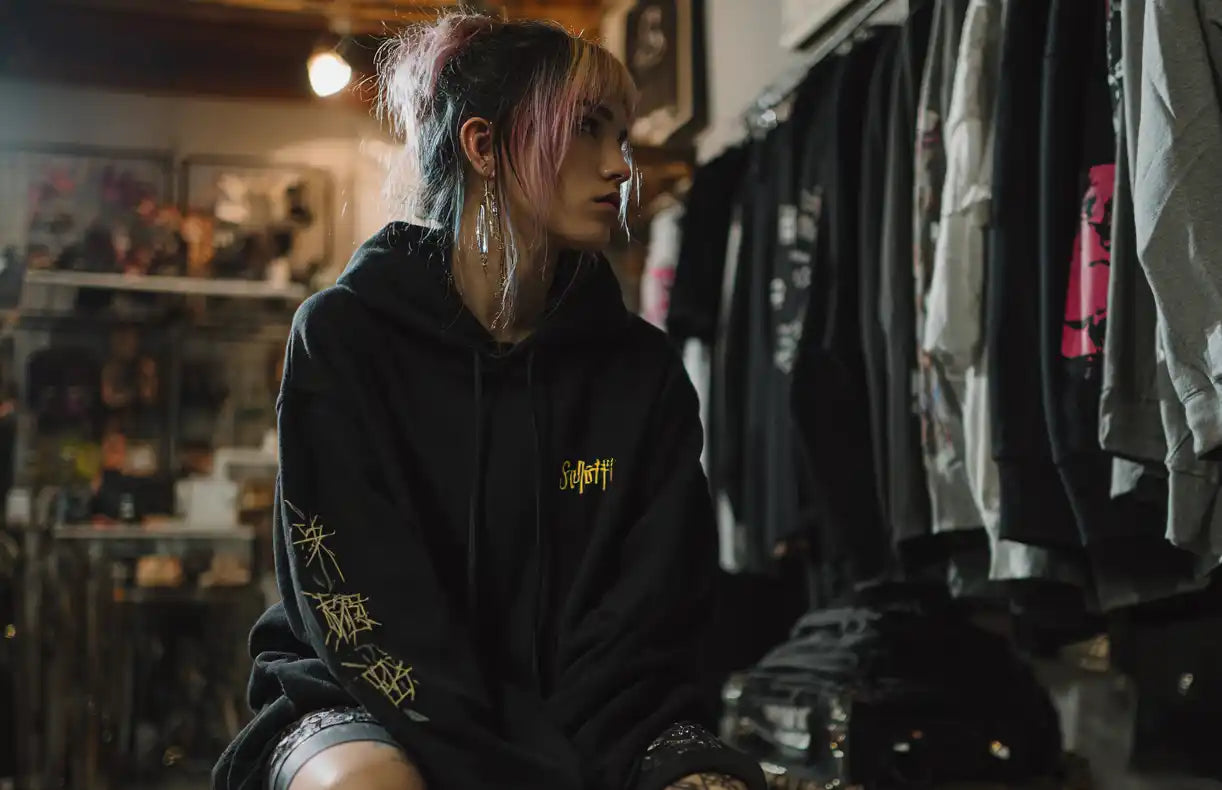
Trends & Designs in Modern Apparel
Oversized fits, streetwear influences, and activewear styles driving custom clothing production.
Explore Trends & Designs for Apparel Development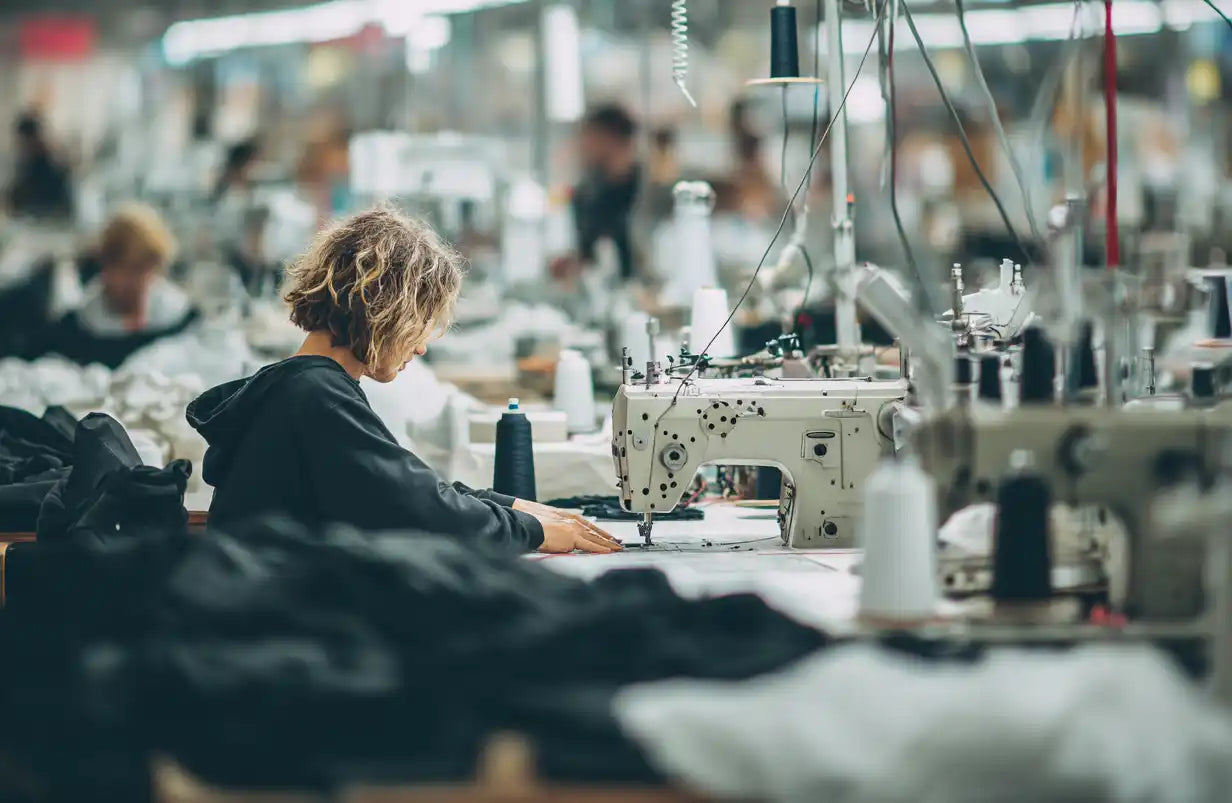
Sustainable & Ethical Clothing Production
OEKO-TEX® certified fabrics, organic cotton, and ethical apparel manufacturing in Portugal.
Understand Sustainable & Ethical Clothing Production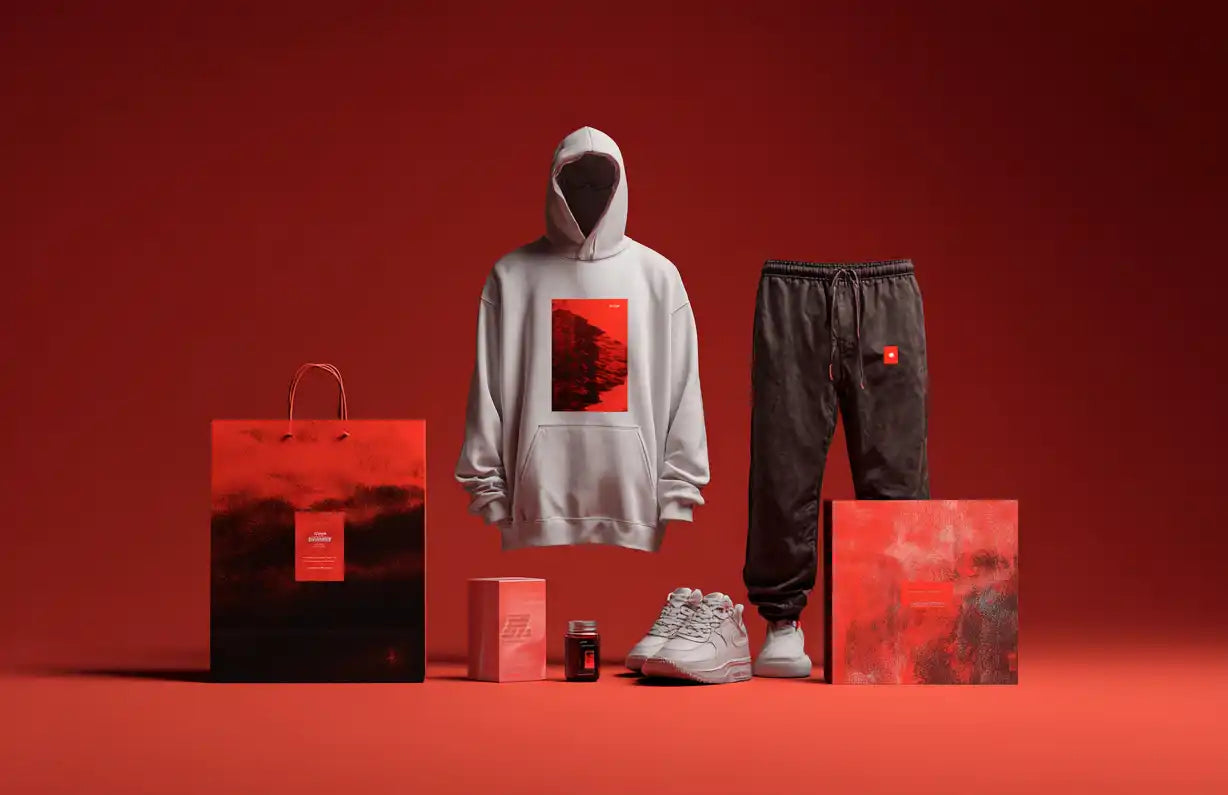
Essentials for Custom Clothing Production
Custom labels, packaging, and trims that elevate your apparel brand in production.
Explore Essentials for Custom Clothing Production
Resources for Custom Clothing Production
Startup guides, logistics support, and scaling strategies for apparel brands and wholesale clients.
Explore Resources for Custom Clothing Production
Clothing Manufacturing Glossary
Explore a complete glossary of clothing and garment manufacturing terms
The Complete Clothing Manufacturing Glossary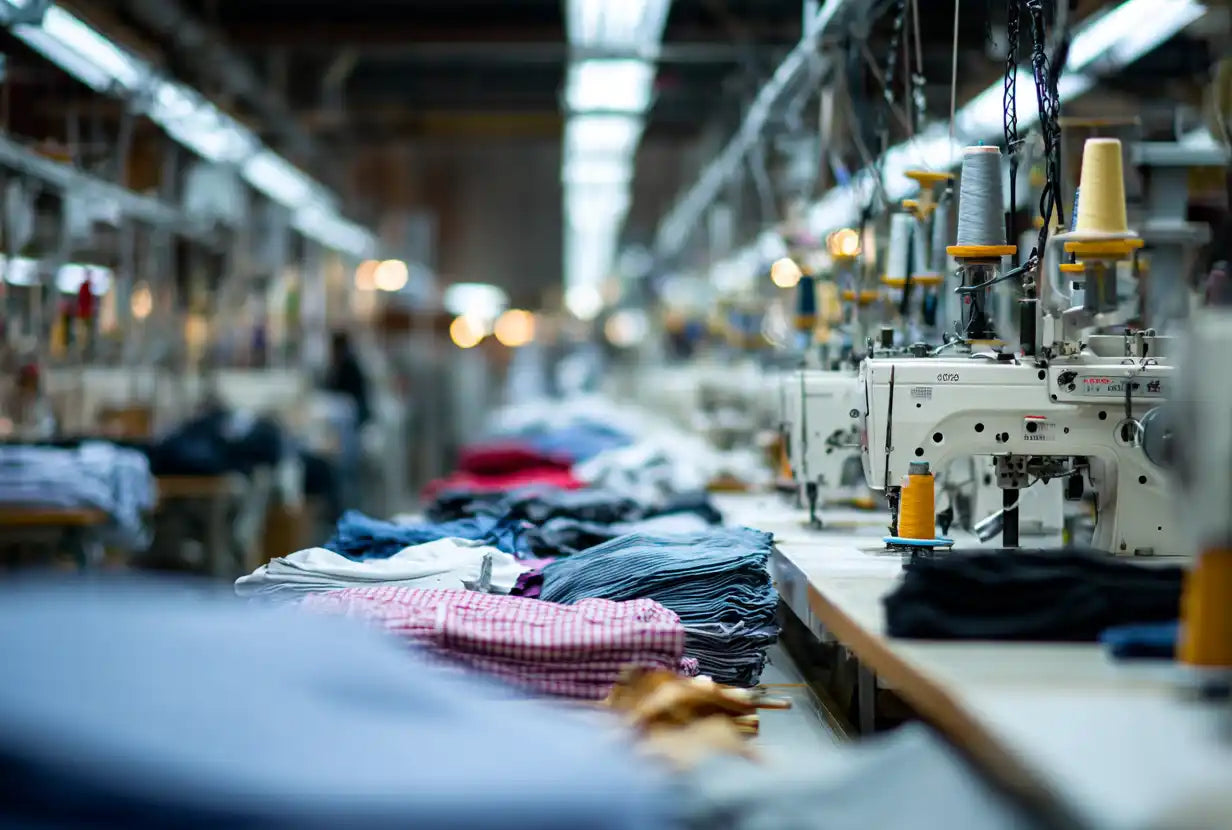
The Best Clothing Manufacturers
Explore global clothing manufacturers by country
Explore The Best Clothing Manufacturers
The Latest Clothing Industry Updates in 2025
Discover the latest news about important topics in the clothing industry in 2025,
Stay On Top Of Clothing Industry Updates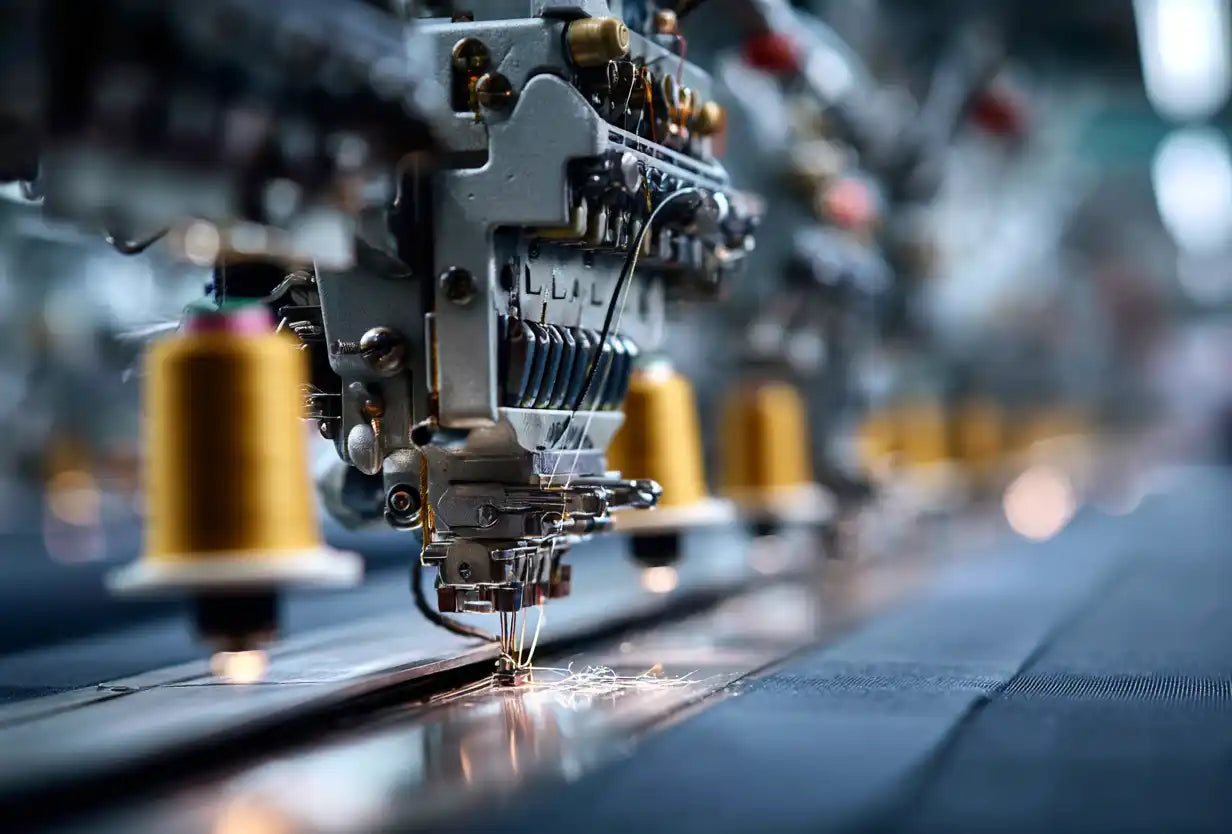
Worldwide Best Manufacturers of Clothes in 2026
Top clothing manufacturers worldwide organized by product type
Find The Worldwide Best Manufacturers of Clothes